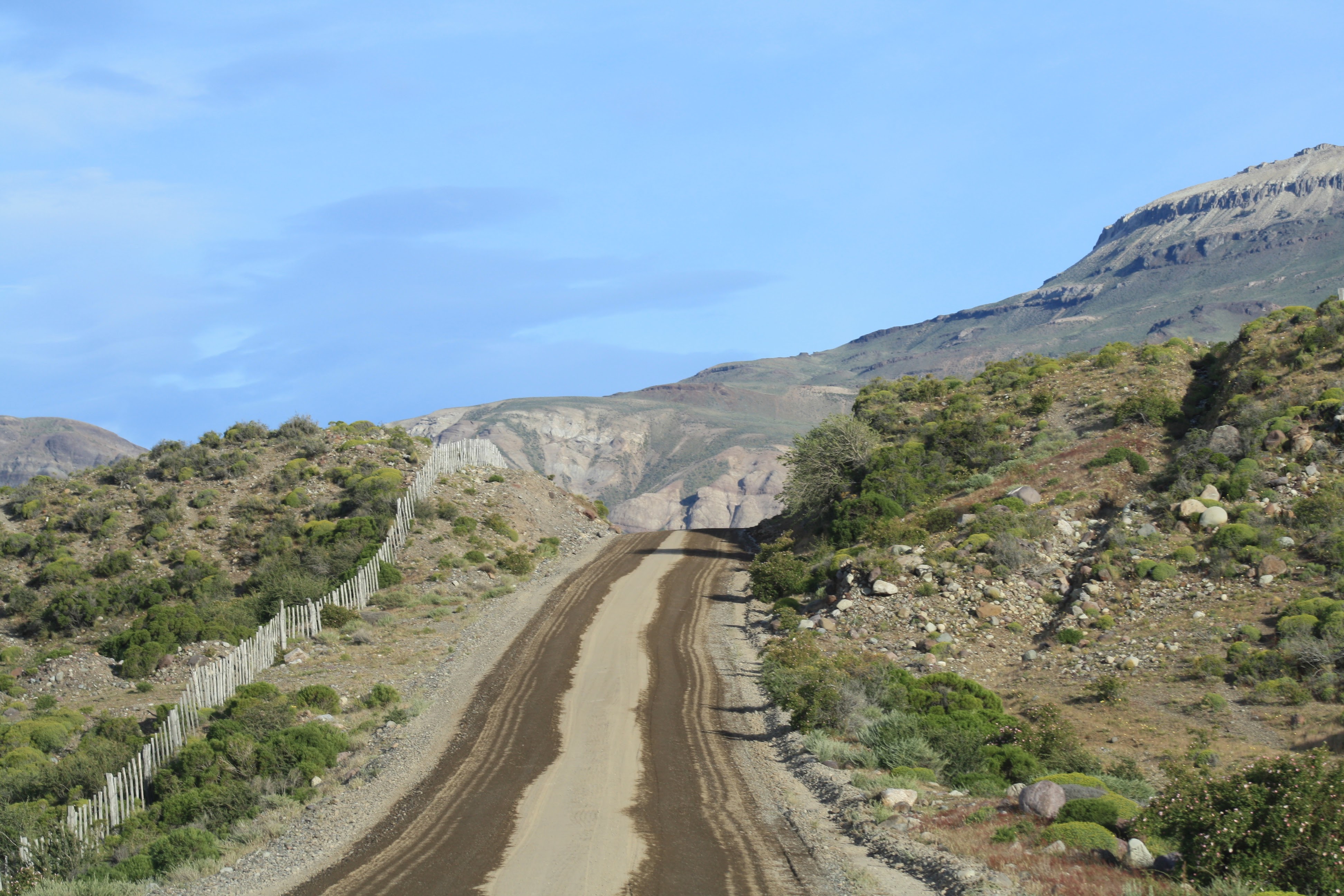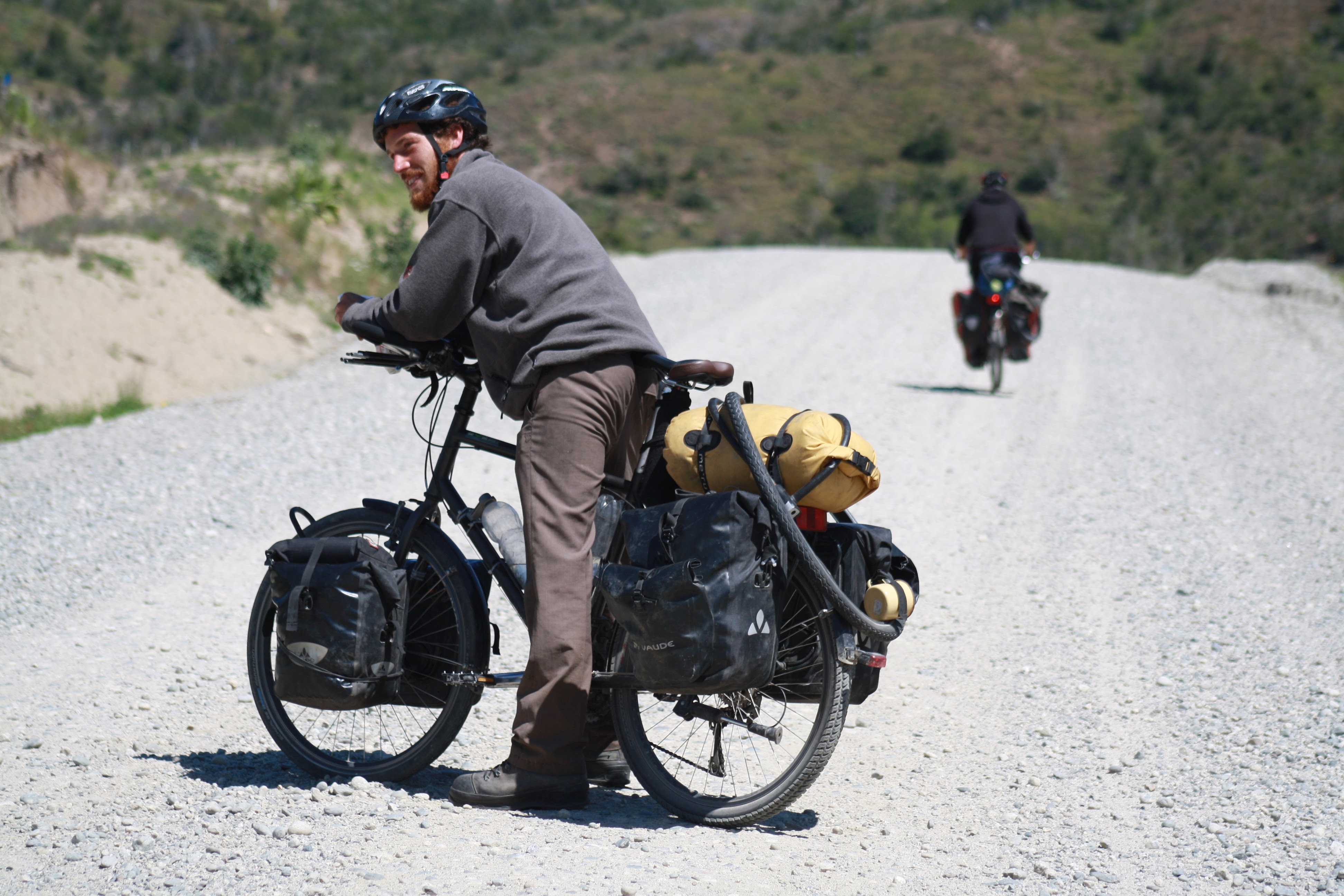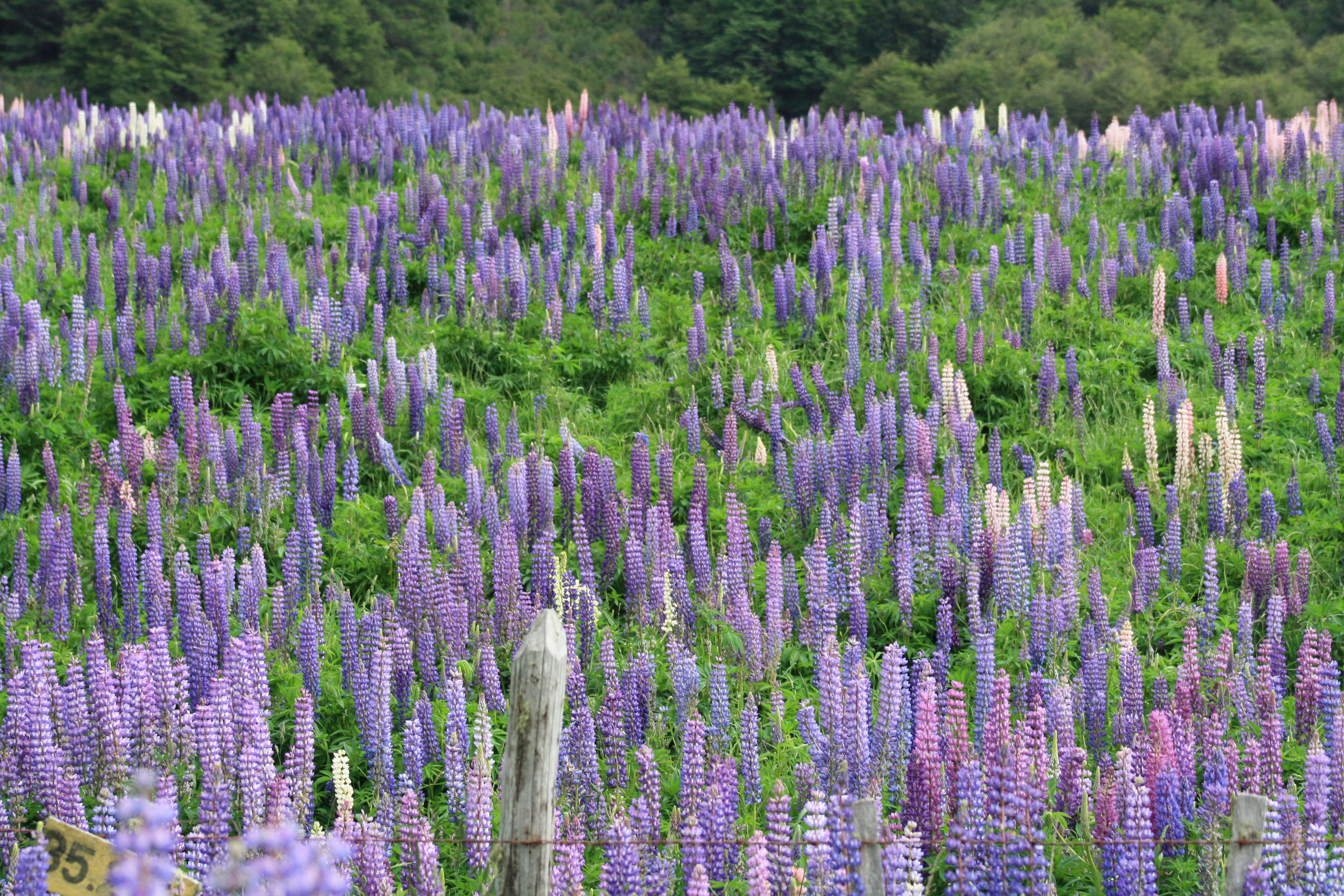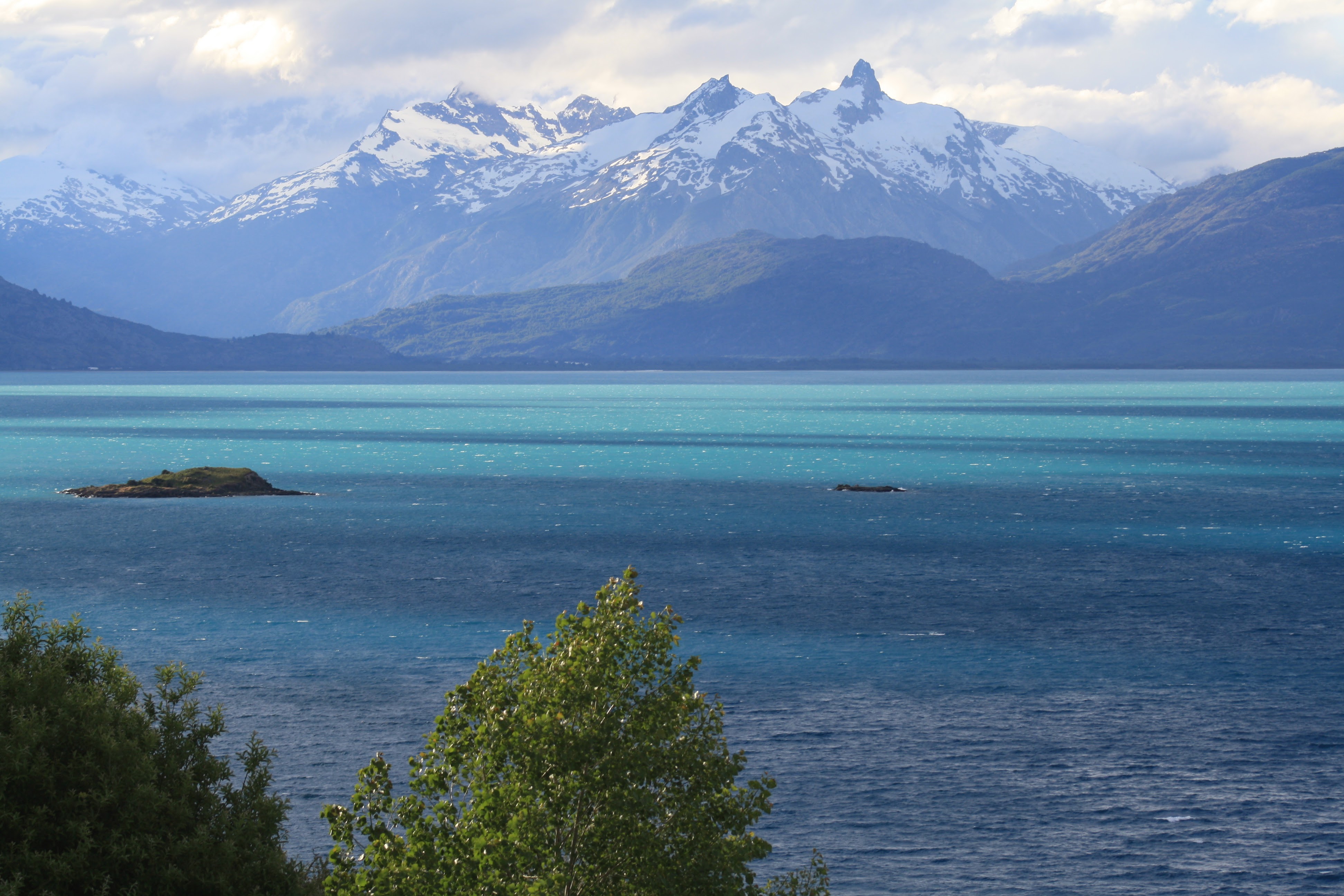Among the world's finest road trips, the Carretera Austral – or "Southern Highway" – is a 1240km route through Chile that’s mostly unpaved. Winding through millennia-old forests, it visits dusty Andean hamlets and turquoise rivers spawned from landlocked glaciers.
Colonists first trickled to the area during the early 20th century but the mere idea of a road here came later, a legacy of General Pinochet’s quest to unify Chile throughout its furthest reaches. When completed in 1996, the Carretera Austral was considered little more than a US$300 million highway to nowhere. It had taken over 20 years to build and cost eleven workers their lives.

Today’s Carretera Austral is a conduit to wilderness on a colossal scale, from the world-class whitewater of the Futaleufú River to rugged landscapes prime for trekking, horseback riding or fly-fishing. It’s also an immersion in Patagonian cowboy culture, with open-air pit barbecues, summer rodeos and farmstays. From north to south, iconic parks dot the route, from the lush and volcanically active Parque Pumalín to Reserva Nacional Cerro Castillo.
There are also new attractions worth exploring. Valle Exploradores is a rugged 77-km offshoot leading to guided glacier trips in Parque Nacional Laguna San Rafael, now accessible for day-trippers. Still pending an official inauguration, Patagonia National Park offers top-notch infrastructure and world-class wildlife watching of flamingos, guanacos and condors.
For long-distance cyclists and motorcyclists, completing the Carretera Austral is a badge of courage that’s growing in popularity. Some travelers return on multiple visits to conquer the entire expanse. Others take it on as the final stretch of pedaling all of South America.
A more recent trend is to cross the Andes where roads do not, riding the road to its end at Villa O’Higgins, where a ferry and remote trail crossing lead to El Chaltén, Argentina. Warning: those who pick this route will be shouldering their bike part-way.

Cyclists should have the skills and materials to repair their own gear, and should plan on taking a solid month for the entire endeavor. According to Italian cyclist Tomas Balzk, the hardest part was not pedaling the terrain, but ingesting enough calories. Locals can be exceedingly generous to those traveling in the saddle, often offering a space to camp or homemade bread.
In Villa O’Higgins, Hostería El Mosco is the hub for those going all the way, with plenty of travelers trading tips and a stock of detailed topographic maps.
In this remote region, the economy moves in slow motion and every peso counts. On one hand, infrequent public transport makes traveling the Carretera Austral a dawdling endeavor that can sometimes be complemented by hitchhiking – yet travelers who thumb it present competition with locals seeking informal rides, and miss contributing to the local transport economy.
So, hitching: Lonely Planet doesn’t endorse it, but for those trying it here, we’d first recommend near-infinite patience, accompanied by ample supplies in case of stranding. In many areas, traffic is light and most vehicles are already packed to the gills. It’s illegal for pickup trucks to take riders in the back, so that leaves hitchhikers with reduced options. A hitchhiker’s best bet is to have little luggage and travel solo or in pairs – vehicles rarely stop for groups. It’s also polite to offer drivers compensation for the ride.

Buses have extremely reduced frequency outside of the summer high season (December through February). If possible, tickets should be purchased in advance. In intermediate destinations without bus terminals, full buses often fly on by. Some areas do not have daily service, so visitors should check schedules ahead of time but also be prepared to wait.
Highway is a glorified name for it – part of the adventure of the Carretera Austral is crawling over the ruts and potholes. Don’t skimp on planning and a good dose of prudence. When driving, it’s practical to top off the tank at every gas station as the next one may be far. For those who like their food green, packing fresh fruit and produce is key, as the local selection can be severely lacking.
The northern segment of the Carretera Austral requires several ferry crossings that require advance reservations in the high season. Winter presents its own challenges, with fewer ferry departures and landslides that may close sections of the road for days. In the south, the road sits barely a meter above the flood-prone Baker, Chile’s highest-volume waterway. For closures, consult with the Ministerio de Obras Públicas .
Slow travel is the mantra of the Carretera Austral. Landslides close roads. Rough washboard, loose gravel and steep grades increase travel times. But let’s face it: this is one place that’s just too beautiful to rush through.
While a few sections of the road, particularly around Coyhaique and Chaitén, are paved or in the process of becoming paved, much of it is gravel. Towns are spaced well apart, so services are few. Instead of hotels, travelers will mostly encounter hospitable family-run guesthouses and rural campgrounds. Here, a little planning goes long way. Travelers should always carry detailed maps, extra food and water, tents and sleeping bags.

If you only have one week, focus on one segment of the road, like the region around Chaitén and Futaleufú, branching out from Coyhaique or around Lago General Carrera.
A month offers enough time to drive the entire road, though it will still leave much to see on a return visit. Dedicate part of your time to the east-west lateral roads that branch off the Carretera Austral. These less developed areas offer some of the most interesting sites and more authentic cultural experiences.
Those short on time might consider the shortcut of a long-distance ferry or flight. From Puerto Montt there are ferries to Chaitén and Puerto Chacabuco and flights to Chaitén and Coyhaique. Coyhaique is the best base for renting cars.